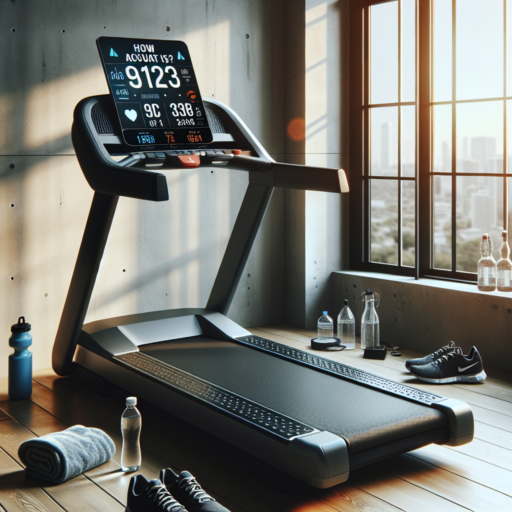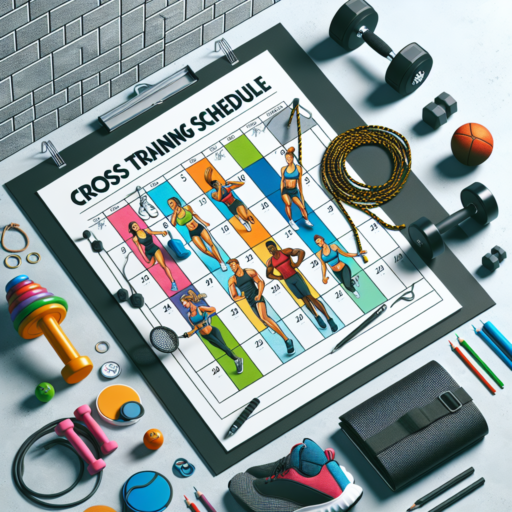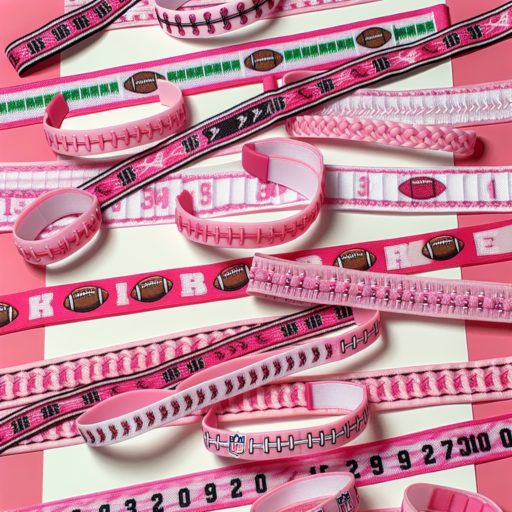How accurate is the distance on a treadmill?
When questioning the accuracy of the distance measured on a treadmill, it’s crucial to understand the mechanics behind these popular fitness machines. Treadmills calculate distance based on the rotation of the belt — each complete rotation equates to a specific length of travel. However, several factors can influence the precision of this measurement.
Calibration and Maintenance
The accuracy of treadmill distance starts with calibration. Factory settings are not always perfect, and over time, wear and tear on the belt and motor can lead to discrepancies in distance reporting. Regular maintenance and calibration are essential for ensuring the treadmill accurately tracks how far you have run or walked. Without proper attention, the belt may stretch or lose tension, which can cause slight errors in distance measurement.
Variation Between Models
It’s also important to recognize the variation between different treadmill models. High-end treadmills often offer greater accuracy in distance tracking, thanks to better sensors and more precise manufacturing standards. On the other hand, budget-friendly models might not feature the same level of sophistication, leading to a potentially larger margin of error in distance measurement. Additionally, features like incline settings can further affect the accuracy of the distance shown, as not all treadmills account for the change in effort and distance traveled when the incline is adjusted.
In considering these factors, users should be mindful of the potential for slight inaccuracies while using treadmills. Although manufacturers strive for precision, the inherent limitations of sensor technology and machine calibration mean that there might be a small variance in the distance displayed.
How realistic is treadmill running?
When discussing the realism of treadmill running, it’s crucial to consider how effectively this form of exercise simulates outdoor running. Many runners turn to treadmills for their training needs, yet the question remains: can treadmill running accurately replicate the experience and benefits of hitting the pavement or trails?
The Mechanics of Treadmill Running
The mechanics of running on a treadmill differ significantly from outdoor running, primarily due to the stationary nature of treadmills. The belt’s movement can assist in leg turnover, potentially making it easier to run at a faster pace than outdoors. Moreover, treadmills can be set to simulate inclines, but they lack the ability to mimic downhill running, which is a critical component of outdoor running dynamics.
Weather and Terrain Imitation
Weather conditions and varied terrains play a significant role in the outdoor running experience, challenging runners in ways that treadmills cannot fully replicate. While treadmills can mimic incline and provide a controlled environment, devoid of weather-related interruptions, they cannot reproduce the physical demands and sensory experience of running against the wind or navigating through different terrains, such as trails, gravel, or sand.
In summary, while treadmills offer a valuable and convenient training tool, especially for those seeking consistent conditions or recovering from injury, they inevitably fall short in replicating the full spectrum of outdoor running experiences. The realism of treadmill running hinges upon what aspects of running one aims to simulate, from pace and incline to the unpredictable nuances of outdoor environments.
How accurate is a treadmill scale?
When it comes to monitoring your progress on your fitness journey, the accuracy of tools like treadmill scales is paramount. A treadmill scale, often integrated into high-end treadmills, purports to measure your weight while providing a convenient way to track your health metrics. But, how reliable are these readings?
First, it’s essential to understand the technology behind these scales. Most treadmill scales utilize bioelectrical impedance analysis (BIA) to estimate body composition, including weight. While BIA can offer a snapshot of your physical condition, various factors, such as hydration levels and recent physical activity, can significantly affect the accuracy of the readings. Consequently, while a treadmill scale can give you a ballpark figure, it might not always provide a benchmark accurate to the decimal point.
Additionally, the calibration and maintenance of the treadmill play a critical role in the accuracy of the scale. Treadmills in gyms, which see heavy usage, might deliver less accurate readings compared to well-maintained personal equipment. Moreover, the placement of the treadmill can affect the scale’s precision. A treadmill scale set on an uneven surface may show inconsistent results, leading to data that could misguide rather than inform your fitness decisions.
No se han encontrado productos.
Is 1.00 a mile on the treadmill?
Running a mile on the treadmill can often lead people to wonder about the effectiveness and comparability of their workout. When it comes to achieving fitness goals, understanding the specifics of your treadmill settings, such as what it means to set it to «1.00 mile,» is crucial. This distance, frequently sought after by beginners and experienced runners alike, serves as a benchmark for tracking progress and setting fitness objectives.
Distance tracking on treadmills can sometimes be confusing. The «1.00» setting or display you see represents one mile, a standard measurement unit for tracking distance in the United States. This digital representation allows runners to measure their performance, endurance, and improvements over time. Whether you’re a beginner aiming for your first mile or an experienced runner trying to beat your personal best, understanding how your treadmill measures and displays your distance is key.
Furthermore, achieving 1.00 mile on the treadmill offers a sense of accomplishment and tangible progress towards one’s fitness goals. For many, reaching this milestone is a stepping stone towards longer distances or faster times. It’s also a useful metric for structured workout programs that gradually increase distance or intensity, helping to build stamina and endurance in a controlled environment.




